The V6 engine has long been a middle ground between power and practicality. Slotting neatly between the four-cylinder’s economy and the V8’s brute strength, the V6 has powered everything from family sedans and minivans to sports cars and pickup trucks.
However, not all V6 engines are created equal. Over the decades, some have earned legendary reputations for outlasting the vehicles they were installed in, while others have become infamous for catastrophic failures and expensive repairs.
Understanding which V6 engines are built like tanks and which are ticking time bombs can make the difference between automotive bliss and a money pit nightmare.
There are many reasons why some engines outlast others: engineering philosophy, build quality, materials used, and even the culture within the company designing it. Japanese automakers, particularly in the 1990s and early 2000s, became known for crafting V6 engines that would clock well over 200,000 miles with only basic maintenance.
On the flip side, some manufacturers have rushed engines to market without adequate testing, leading to oil sludge issues, timing chain failures, or head gasket nightmares.
This list breaks down five of the most durable, dependable V6 engines ever made—units known to run reliably for decades with minimal fuss. Right alongside them, we’ll highlight five notorious V6 powerplants that have garnered a reputation for self-destruction, often at great cost to their owners.
Whether you’re a gearhead, a buyer in the used car market, or just someone who appreciates solid engineering, this guide will help you separate the mechanical marvels from the maintenance nightmares.
Let’s dive into the five V6 engines that refuse to die—and five you’d be wise to avoid unless you have deep pockets and a high tolerance for engine bay drama.
Also Read: Top 10 High-Performance Automatic Cars of 2025
5 V6 Engines That Refuse to Die
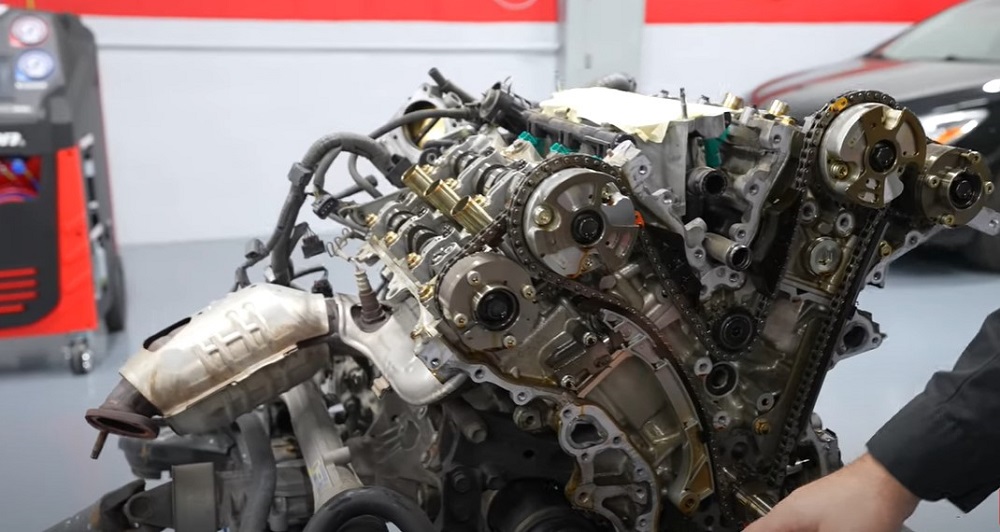
1. Toyota 3.5L V6 (2GR-FE)
The 2GR-FE 3.5-liter V6 from Toyota is a modern marvel in the world of internal combustion. First introduced in the mid-2000s, this engine quickly earned a reputation for rock-solid reliability.
Found in vehicles like the Toyota Camry, Highlander, Sienna, and Lexus RX, the 2GR-FE balances performance and economy while being nearly immune to the kinds of failures that plague other engines.
Its all-aluminum construction and dual VVT-i (Variable Valve Timing with intelligence) system allow for smooth power delivery and fuel efficiency.
What sets the 2GR-FE apart isn’t just its engineering—it’s Toyota’s relentless commitment to quality control. This engine was overbuilt from the start, designed to withstand abuse far beyond what the average driver would dish out.
Timing chains instead of belts, sensible oiling systems, and minimal known weak points mean this engine can easily surpass 300,000 miles with regular maintenance. Owners frequently report these engines outlasting the vehicles themselves.
Even better, the 2GR-FE has been adapted in several forms, including a higher-output variant found in the Lotus Evora. Despite its performance applications, the engine remains exceptionally durable. Whether you’re towing, commuting, or hammering the throttle, the 2GR-FE is one V6 that just won’t quit.
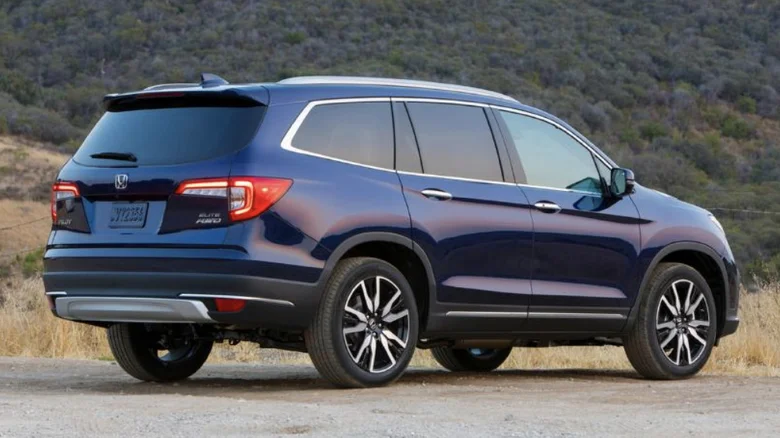
2. Honda 3.5L V6 (J35 Series)
Honda’s J35 engine family is a textbook example of durability meeting performance. Used extensively across Honda and Acura’s lineup—including the Accord, Pilot, Odyssey, and Ridgeline—the J35 blends refinement, reliability, and power.
While specific variants differ slightly in compression ratios, fuel delivery, and VTEC (Variable Valve Timing and Lift Electronic Control) systems, all share the same fundamental strengths: a solid aluminum block, a reliable timing belt (in earlier versions), and few major mechanical failures.
The J35 isn’t just dependable—it’s also very forgiving. Many of these engines have gone hundreds of thousands of miles with less-than-perfect maintenance.
Valve adjustment intervals are reasonable, and internal components are robust. Timing belts, while technically a weakness compared to timing chains, are inexpensive and easy to replace on schedule.
What further cements the J35’s reputation is its versatility. It performs just as well hauling a minivan full of kids as it does powering a sporty TL Type-S. Whether naturally aspirated or tuned for torque, the J35 is smooth, responsive, and tough. If you want a V6 that won’t leave you stranded and won’t ask for much, the J35 is a no-brainer.
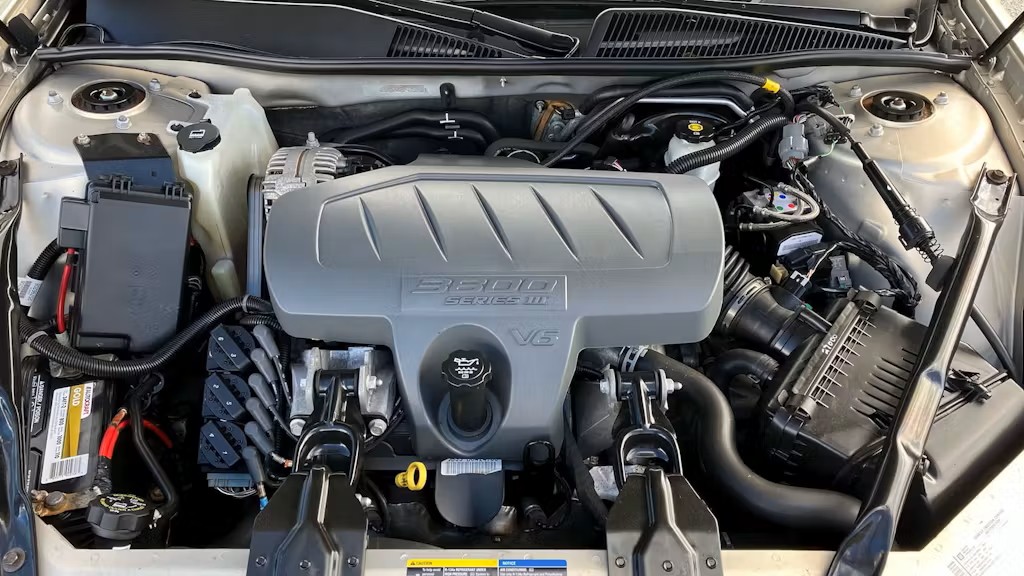
3. GM 3.8L V6 (3800 Series II)
The GM 3800 Series II is one of the most respected V6 engines ever to come from an American manufacturer. Found in everything from the Buick LeSabre to the Pontiac Grand Prix, this engine was built for durability.
With a cast iron block and a reputation for handling neglect, the 3800 is beloved by mechanics and car enthusiasts alike. Despite its relatively old-school architecture, it delivered decent power, strong low-end torque, and remarkable fuel economy.
The real magic of the 3800 lies in its simplicity. It doesn’t have variable valve timing or exotic materials—just robust construction and thoughtful engineering.
The engine’s iron block and heads are practically indestructible, and the internal components are stout enough to handle mild performance upgrades. Supercharged variants like the L67 are also known for reliability when properly maintained.
A 3800-equipped vehicle might not be flashy, but it will start every morning and keep going for decades. In the age of turbochargers and direct injection, the 3800 is a refreshing reminder that sometimes, simple and overbuilt wins the race.
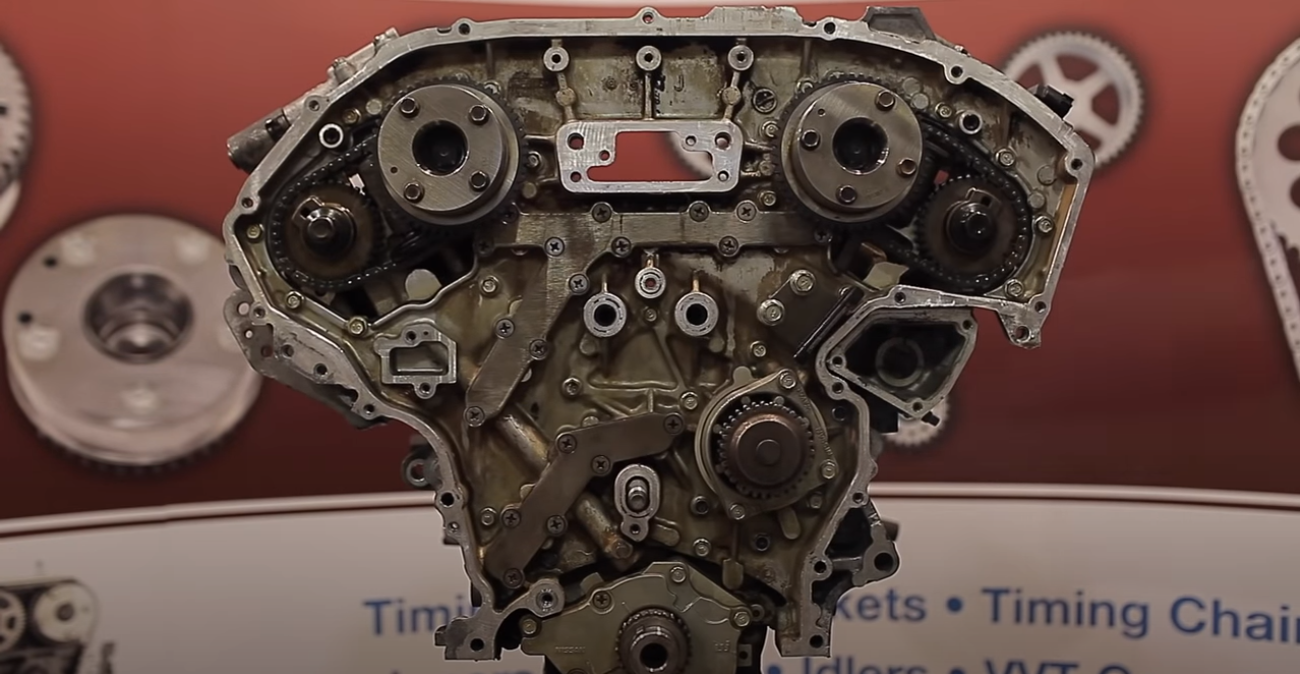
4. Nissan 3.5L V6 (VQ35DE)
Nissan’s VQ35DE is a staple of performance and longevity. Part of the broader VQ family, which has won numerous awards over the years, the 3.5-liter variant is perhaps the most well-known.
This engine found its way into the Nissan Maxima, 350Z, Altima, Pathfinder, and several Infiniti models. It delivers a great mix of horsepower and refinement, with a sporty engine note and robust performance.
Durability is one of its strongest suits. The VQ35DE uses a forged steel crankshaft, timing chains, and well-designed internals that make it capable of high mileage with few complaints.
Enthusiasts love the engine for its tunability, but even in stock form, it’s a solid performer that requires little beyond regular oil changes and attention to minor gaskets or sensors.
The only caveat is early oil consumption issues in some models, but these are generally easy to manage. When cared for properly, the VQ35DE can exceed 250,000 miles without major issues. It’s an engine that rewards maintenance and delivers thrills without blowing up your wallet—or itself.
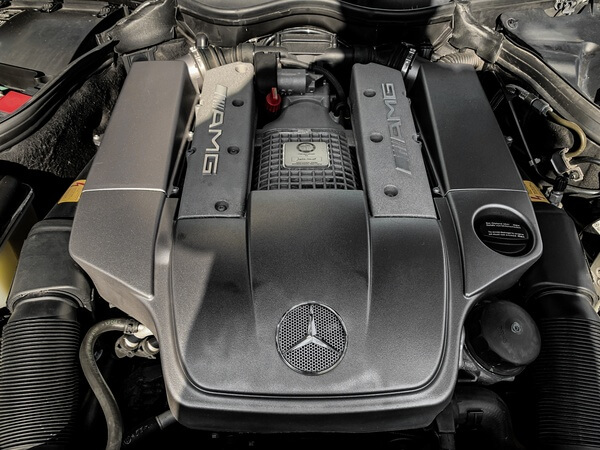
5. Mercedes-Benz 3.2L V6 (M112)
Mercedes-Benz’s M112 3.2-liter V6 is a lesson in German engineering that got it right. Used in models such as the E-Class, C-Class, and ML320 from the late 1990s to the early 2000s, the M112 is an engine you can count on.
With an aluminum block, single overhead cams, and a balance shaft to reduce vibration, the M112 was both innovative and highly reliable.
Unlike some of its more complex successors, the M112 prioritized longevity. Timing chains instead of belts, simple variable valve timing, and excellent materials meant this engine could handle neglect and still deliver.
Many examples are still on the road with well over 200,000 miles, and the engine itself is rarely the reason for a Mercedes’ demise.
Yes, it’s surrounded by expensive components in typical Mercedes fashion, but the engine at its core is nearly bulletproof. If you’re looking at an older Benz and the M112 is under the hood, it’s one of the safest bets in the used German car market.
5 V6 Engines That Self-Destruct
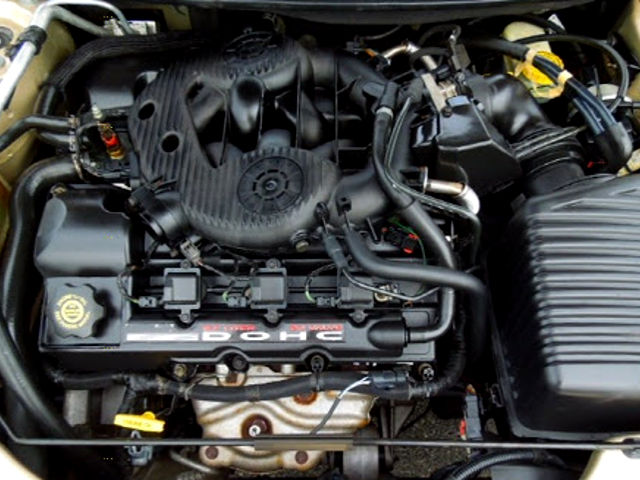
1. Chrysler 2.7L V6 (LH Platform)
The Chrysler 2.7L V6, particularly infamous during its run in the late 1990s and early 2000s, stands out as one of the most failure-prone V6 engines ever released to the public.
Found in vehicles like the Dodge Intrepid, Chrysler Concorde, Sebring, and others on the LH platform, this engine looked reasonable on paper—it was compact, fairly modern, and boasted competitive horsepower for its size.
However, owners quickly discovered that beneath the surface lurked a series of design flaws that would spell disaster for thousands of engines. The most notorious issue was the oil sludge buildup caused by poor oil circulation and an undersized crankcase ventilation system.
The narrow oil passages and inadequate PCV system would allow oil to cook inside the engine, especially under high-heat or stop-and-go driving conditions.
Over time, this sludge would accumulate and restrict oil flow to critical components, leading to catastrophic failures of the timing chain, camshafts, or even complete engine seizure—sometimes before the 100,000-mile mark.
To make matters worse, the engine’s water pump was integrated into the engine block and driven by the timing chain. When the water pump failed—and it often did—it could leak coolant directly into the engine’s oil system, contaminating the oil and accelerating internal wear at a rapid rate.
The cost to fix such an issue wasn’t just limited to a new water pump; in many cases, it meant a full engine rebuild or replacement, often costing more than the vehicle’s actual market value.
Add to this the fragile timing chain guides, the sensitivity to oil change intervals, and a general intolerance for any lapse in maintenance, and you have an engine that seems almost engineered to fail.
Even meticulous owners who followed every maintenance recommendation sometimes found themselves facing an unexpected engine rebuild. The aftermarket community and mechanics alike eventually began advising people to steer clear of this engine entirely, and the 2.7L became a stain on Chrysler’s engineering reputation.
Despite later revisions, the damage was done, and to this day, the Chrysler 2.7L remains a cautionary tale in automotive circles of how poor design choices can ruin what should have been a dependable powertrain.
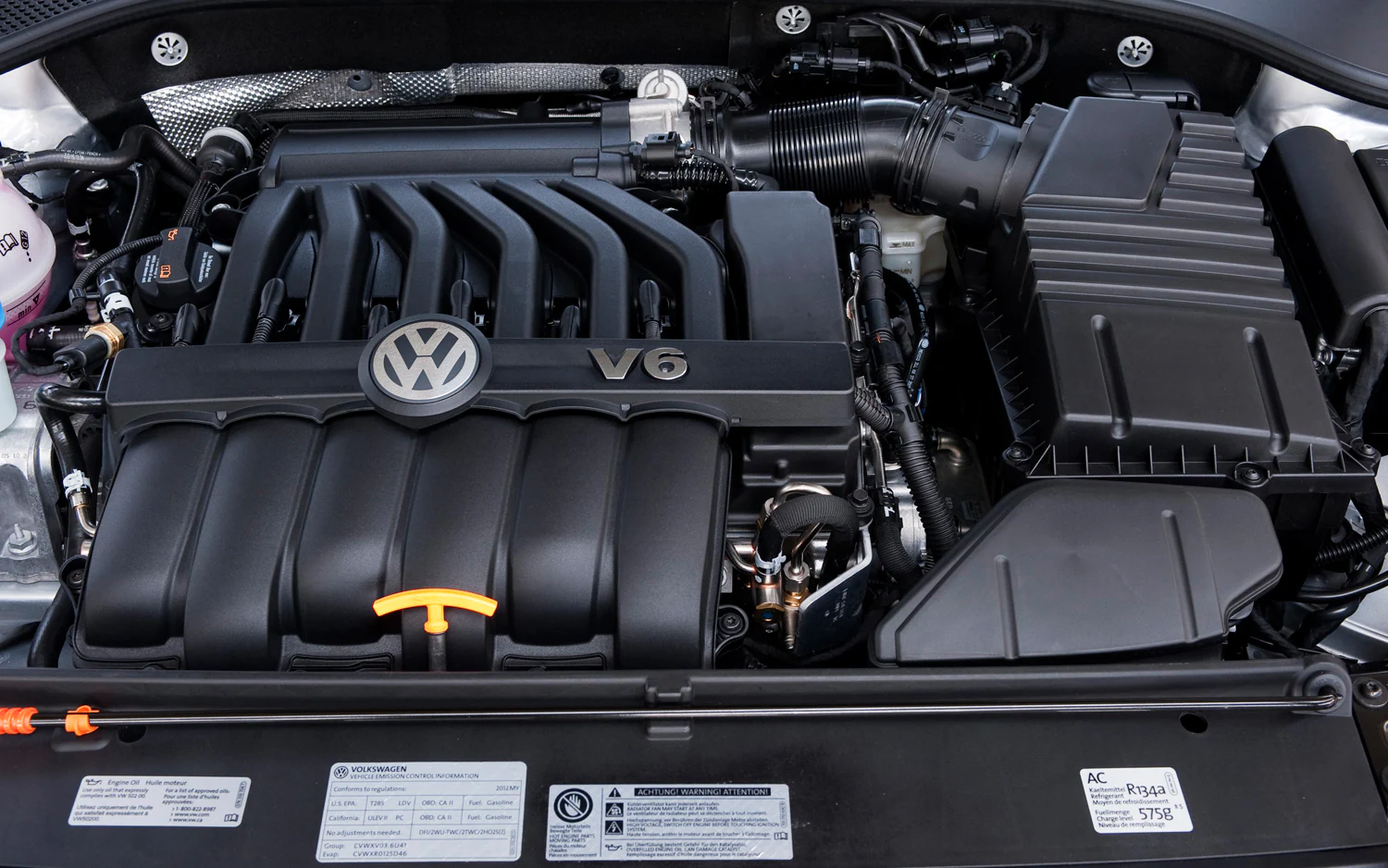
2. Volkswagen 3.6L VR6 (FSI Direct Injection)
The Volkswagen 3.6L VR6 with FSI (Fuel Stratified Injection) direct injection started its life with high expectations, following the legacy of the early VR6 engines that were loved for their compact packaging and strong mid-range torque.
Found in models like the Passat, Touareg, Atlas, and several high-end trims from the VW and Audi families, the 3.6L VR6 FSI promised performance, refinement, and a smooth powerband.
However, the transition to direct injection, while delivering better fuel economy and power figures, also introduced a host of reliability issues that quickly tarnished its appeal. One of the biggest culprits was the timing chain tensioner system.
Instead of being mounted on the front of the engine like in traditional layouts, the timing chains on this VR6 were located at the back, against the firewall, making even simple inspections or replacements labor-intensive and expensive.
The plastic guides and tensioners would often wear prematurely, and if left unchecked, could lead to the timing chain slipping—a failure that usually resulted in catastrophic engine damage.
Direct injection also brought with it another well-documented problem: carbon buildup. Without port injection to clean the intake valves, carbon deposits would accumulate rapidly, choking airflow, reducing performance, and eventually triggering check engine lights and misfires.
This issue wasn’t isolated to high-mileage engines either—some owners reported severe buildup before even reaching 60,000 miles.
While walnut blasting and other cleaning procedures could temporarily fix the problem, they became a regular and costly maintenance requirement.
Additionally, many 3.6L VR6 engines suffered from persistent oil consumption issues, often due to worn piston rings or valve seals. This further accelerated the carbon buildup problem and led to emissions system failures, fouled spark plugs, and degrading engine performance over time.
Owners faced a vicious cycle of expensive maintenance just to keep the engine running smoothly, and many vehicles ended up being sold off or scrapped prematurely.
While the 3.6L VR6 FSI sounded great and delivered decent power, it became one of the least-loved engines in VW’s modern lineup due to its high maintenance costs, hidden design flaws, and premature wear patterns. For many, what seemed like a refined European powerplant quickly turned into an expensive liability.
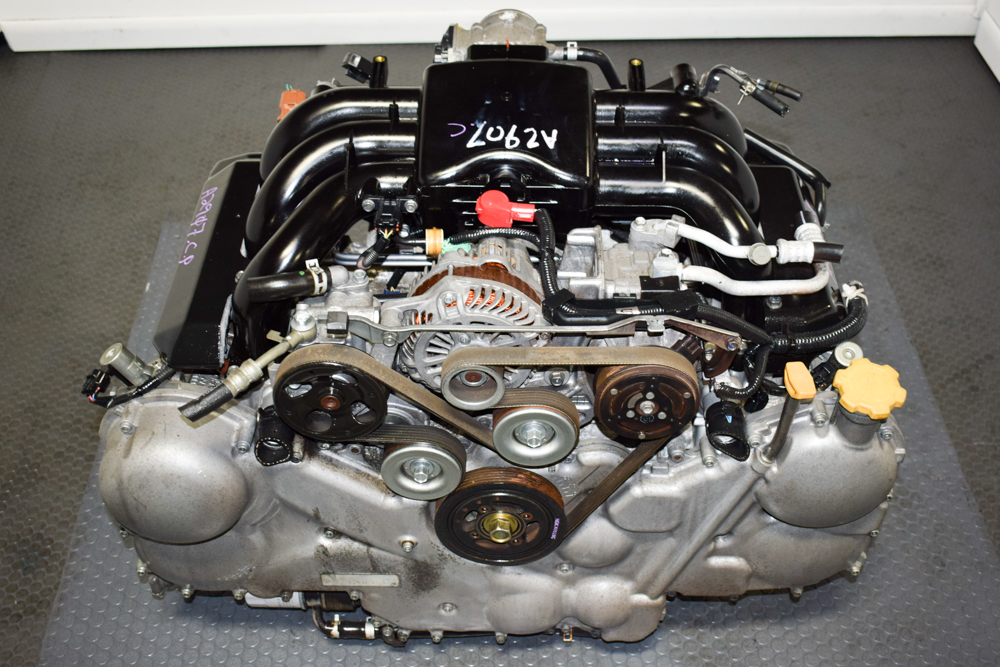
3. Subaru EZ30 / EZ36 Flat-6
Subaru’s EZ-series flat-six engines—the EZ30 and later the EZ36—were designed to bring smoothness and added power to the brand’s lineup, particularly in vehicles like the Legacy 3.0R, Outback H6, and the ill-fated Tribeca.
At first glance, they offered an appealing package: more displacement, better refinement than the typical Subaru four-cylinder, and a horizontally opposed layout that kept the center of gravity low.
However, beneath this seemingly solid design was a host of mechanical and thermal issues that made the EZ engines a headache to own long-term.
One of the most critical problems was related to heat management. The flat-six layout, while great for balance, suffered from uneven cooling and persistent hot spots in the engine block and heads.
This inconsistency often led to premature head gasket wear, warping, and internal coolant leaks. While Subaru fans were already familiar with the brand’s head gasket issues from its four-cylinder siblings, the EZ-series took this flaw to a new level by combining it with added complexity and tighter engine bay packaging, making any repair a more labor-intensive and expensive affair.
Another weak point was oil consumption. Many EZ30 and EZ36 engines developed a thirst for oil at relatively low mileages—sometimes under 80,000 miles—due to piston ring wear or valve seal degradation.
Compounding this problem was Subaru’s historically lax approach to oil capacity and oil change interval recommendations. If oil levels weren’t closely monitored, which many drivers failed to do, internal components could suffer significant wear, leading to rod knock, bearing failure, or total engine seizure.
The timing chain system, while theoretically more durable than a belt, was also prone to tensioner and guide issues, which were difficult to access and expensive to replace given the tight confines of Subaru’s engine bays.
On top of these mechanical issues, the engine’s horizontal configuration made routine maintenance a challenge, even for experienced DIYers—simple tasks like spark plug changes or valve cover gasket replacements required more disassembly than most competitors’ V6s.
While the EZ-series engines offered a smoother and more powerful alternative to Subaru’s standard boxer fours, the reality was that they introduced more problems than they solved.
For many owners, the extra cylinders simply meant more potential failure points, more repair bills, and more time spent at the shop. The EZ30 and EZ36 serve as a cautionary tale: just because an engine is unique doesn’t mean it’s reliable.
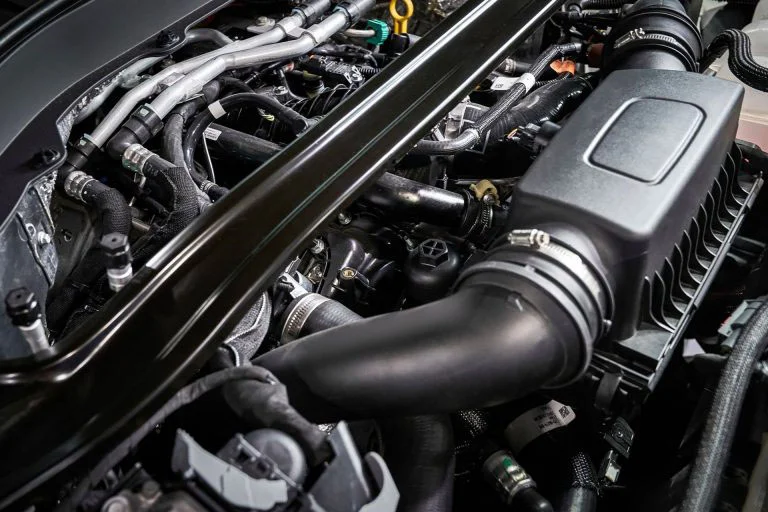
4. Ford 3.0L V6 (Duratec 30)
Ford’s Duratec 30, a 3.0-liter V6 used in models like the Ford Taurus, Escape, Mazda6 (as part of the Ford-Mazda partnership), and even the Jaguar X-Type, is a textbook example of an engine with solid design but problematic execution. On the surface, the Duratec 30 looked promising—aluminum block, decent horsepower, and relatively modern engineering.
However, what seemed like a capable mid-tier engine revealed some nasty long-term habits. Chief among them were cooling system weaknesses and failures in auxiliary components like the water pump, which, in some variants, was located inside the engine block and driven by the timing chain.
When it failed, it could dump coolant into the crankcase, effectively turning your engine oil into a frothy sludge, destroying bearings and pistons within moments.
This design flaw made a routine part failure catastrophic, and repair costs often exceeded the value of the vehicle. Adding insult to injury, the timing chain tensioners and guides were prone to early wear, and oil leaks from the valve cover gaskets were almost a given after 100,000 miles.
To make matters worse, Ford’s cost-cutting measures during certain production years led to subpar materials being used for gaskets and seals, which compounded the engine’s reliability issues. Many owners complained of having to do multiple repairs—often to the same components—within a relatively short time frame.
Though the Duratec 30 was technically capable of reaching 200,000 miles with diligent care, the path there was littered with expensive and frustrating repairs. The inconsistent build quality across different manufacturing plants only worsened its reputation, making it a gamble on the used market.
Ultimately, while the Duratec 30 wasn’t inherently doomed like some other entries on this list, its hidden design flaws and repair-unfriendly layout turned what should have been a dependable workhorse into a wallet-draining source of regret for many owners.
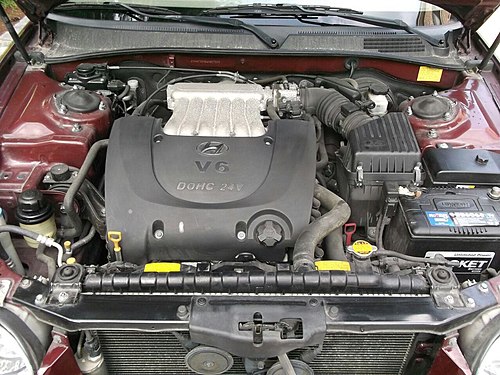
5. Hyundai/Kia 2.7L V6 (Delta Series)
The Hyundai-Kia 2.7L V6 from the Delta engine family might have been acceptable in the late ’90s and early 2000s, but it quickly earned a reputation for mediocrity at best—and disastrous reliability at worst.
Installed in a variety of vehicles, including the Hyundai Sonata, Kia Optima, and Santa Fe, this engine was supposed to provide a budget-friendly option with V6 smoothness.
Unfortunately, the Delta V6 was riddled with problems that made it one of the least durable engines of its time. A primary culprit was excessive oil sludge buildup, often the result of poor PCV system design and narrow oil passages, similar to Chrysler’s doomed 2.7L.
Combine that with cheap gasket materials, poor engine ventilation, and an inconsistent cooling system, and what you had was an engine that aged quickly, even with decent maintenance.
Things didn’t get better when it came to mechanical longevity. The valve lifters were prone to premature wear, leading to ticking sounds and performance degradation long before the 100,000-mile mark.
Timing belt failures, while avoidable through regular replacement, often resulted in complete engine failure due to the interference design, meaning if the belt broke, pistons and valves collided with expensive consequences.
Worse still, even components like the crankshaft pulley were known to degrade, sometimes causing catastrophic damage if left unchecked. And while some drivers managed to stretch the life of these engines with meticulous care and regular oil changes, most owners found themselves facing major repair bills far too soon.
The resale value of vehicles equipped with the Delta V6 often plummeted as word spread, and mechanics began advising customers to avoid them altogether.
The Delta 2.7L was emblematic of Hyundai and Kia’s early struggles with engine durability and quality control. Though both brands have vastly improved since those days, with far more reliable engines in their modern lineups, this particular V6 serves as a warning from the past.
It had just enough promise to attract buyers, but not nearly enough longevity to satisfy them, often leaving them stranded, frustrated, and financially drained.
Also Read: Top 10 Family-Friendly 7-Seaters of 2025
In the automotive world, a car is only as reliable as the engine under its hood. The V6, once the go-to for a balance of performance and practicality, has seen examples on both ends of the reliability spectrum.
Engines like the Toyota 2GR-FE, Honda J35, and GM’s bulletproof 3800 Series II prove that great design, durable materials, and engineering foresight can lead to powerplants that last hundreds of thousands of miles.
These are the engines that refuse to die, rewarding their owners with peace of mind and unmatched longevity. They become the heartbeat of vehicles that are passed down through families, survive college road trips, and endure cross-country hauls without complaint.
Conversely, some V6s promise much on paper but falter in the real world, often spectacularly. The Chrysler 2.7L, Subaru’s problematic flat-six, and Hyundai’s early Delta series remind us how critical real-world testing, component placement, and maintenance accessibility truly are.
Engines that self-destruct often do so not because of poor performance but because of flawed design choices and manufacturing shortcuts. These missteps result in massive repair costs, reduced resale values, and lost trust from consumers.
And while some owners have managed to keep even the worst engines alive with constant attention and money, most drivers don’t have the time or budget to babysit their car’s internal organs.
In the end, whether you’re shopping for a used vehicle, reminiscing about your own automotive history, or just interested in what makes an engine great—or terrible—list should serve as both a tribute and a warning.
The V6 may be shrinking in popularity thanks to turbocharged fours and electrification, but for those who still value its smoothness and versatility, knowing which ones are worth their weight in oil—and which ones aren’t—can save you from heartache down the road.
